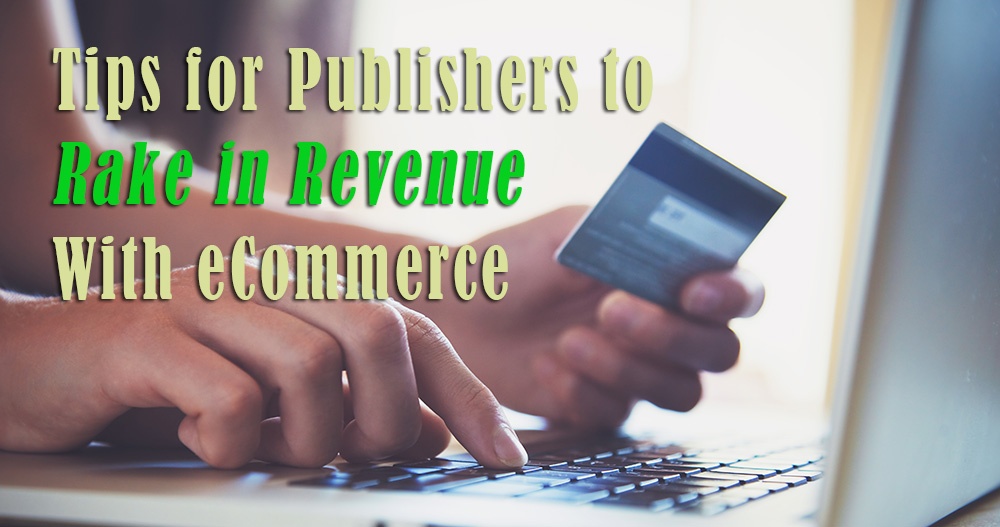

Has your publication considered eCommerce as a potential revenue source? Meg Estevez, corporate director of audience development at NewBay Media, made a case for it at Niche Media’s 2017 Super Niche conference in Charlotte, North Carolina.
In her presentation titled Build It and They Will Shop! How to Develop Your Brand’s Online Store, she outlined four basic steps to build and bring in revenue through eCommerce stores.
What goes in the store
First, you have to figure out what you’re going to sell. Start with simple items and things you already have on hand, such as magazines or research reports in PDF format. Keep a “wish list” of stuff you’d like to add later. Once you’re more established, you can incorporate these items, which can include branded mugs and T-shirts, calendars and posters.
There are two beneficial ways to partner with advertisers for your eCommerce offering. You could sell their product on the store and share revenue. Another option is to buy advertisers’ products at a discounted rate, then sell it on your website.
A crucial part of deciding what to sell is knowing who you’re selling to. Research your target audience. What would they buy – and this is important – that your editorial team can produce? Think instructional DVDs or digital industry reports.
You’ll also need a team member capable of managing the store. Figure out who the best person is – you’ll need your team on board. Customer service is a big part of running a successful store!
How the store will be run
Second, research platforms and fulfillment options. Many e-commerce platforms are available. Some of the most-used include Magento, Shopify, WooCommerce and VirtueMart. If your staff isn’t already eCommerce savvy, you should consider finding an eCommerce partner to help you get started.
You’ll need a good fulfillment partner, too. Consider pricing, the options they offer, and compatibility with your eCommerce platform. Most fulfillment partners charge inventory storage and handling fees. Negotiate those rates upfront.
Store budget
Third, create a budget. Start with a plan. Estimate monthly costs and revenue. Consider your marketing and what that will cost. Also think about the impact you expect your marketing to have on revenue.
Keep a close eye on your numbers. Re-forecast at least twice a month to stay on top of what’s happening at your store. You need to know what items are selling and why, and which marketing tools are most effective.
Marketing plan
The final step to building your eCommerce store is to create a marketing plan.
 Determine how many email blasts you’ll send out each month and what you’ll offer in each. This can include discounts and sales. You could also offer gift cards.
Determine how many email blasts you’ll send out each month and what you’ll offer in each. This can include discounts and sales. You could also offer gift cards.
Consider working themes into these emails. Is there a holiday coming up?
Are there other marketing tools you could use? Think about your brand’s websites, newsletters, social media, house ads or partnerships.
Set monthly sales goals and track them. Then re-forecast based on marketing performance.
Monetize your store
Once the platform is built, it’s time to start making money. Think about how you can use it as a different way to bring in revenue from advertisers. One possibility is offering them the option of including postcards or pamphlets when the products ship. Consider partnerships with advertisers to get more items into your store without much investment on your end.
Track your numbers. Use Google Analytics. Check if traffic is increasing. Make sure your website captures visitors’ email addresses to send coupons later – you could use pop-ups or sliders to do this.
Your store’s website needs to be responsive. That means mobile-friendly and easy for customers to make purchases.
Avoid common pitfalls
You don’t want to choose the wrong eCommerce platform. Research well before you choose.
If the wrong team member is handling the process, everyone will suffer. Similarly, you need effective customer service. Give your customers an easy way to contact you, and train your team well. And listen to your customer service issues. This will enable you to create a great customer experience.
Is your fulfillment partner helping you with inventory management? It’s an important detail that is often overlooked.
Don’t try to sell everything at once. Focusing on too many things will hurt your store. Grow your store in phases and analyze as you go.
When you follow these tips from Estevez, your publication will develop a new and growing source of revenue.
